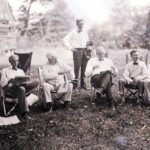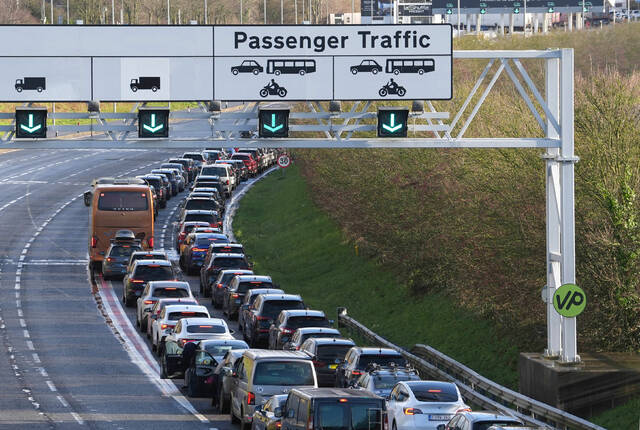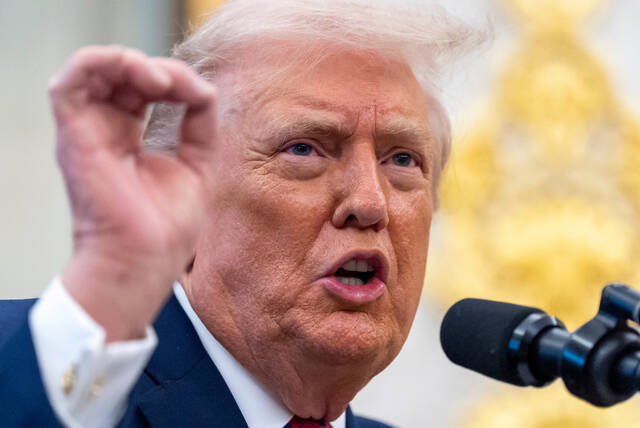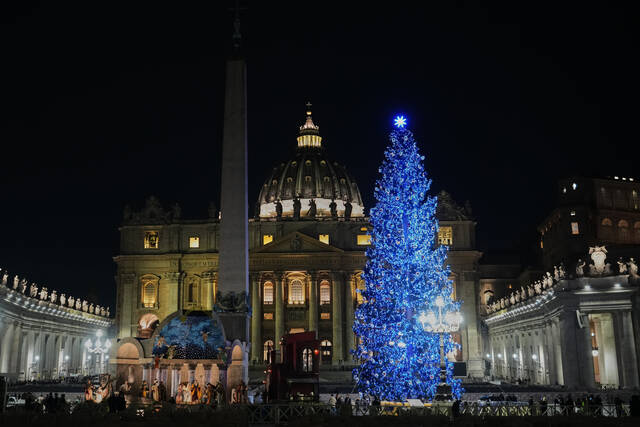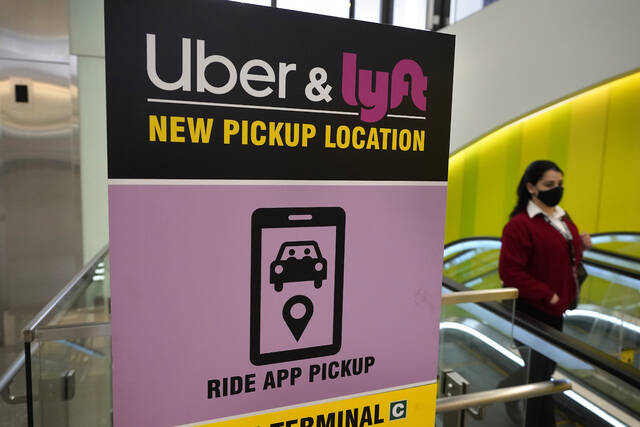Author Jeff Guinn of Fort Worth, Texas, has written acclaimed biographies about some really bad dudes: Charles Manson, Jim Jones and Clyde Barrow. And, oh yeah, the guys at the O.K. Corral.
To be fair, Guinn is also the author of “The Autobiography of Santa Claus,” which launched his career in book writing in 1994.
His 22nd book, “The Vagabonds: The Story of Henry Ford and Thomas Edison’s Ten-Year Road Trip,” takes a deep dive into the lives of a pair of men who made invaluable contributions to American life.
Without Edison, the inventor of the light bulb, night baseball games would not exist, and without Ford, chances are you wouldn’t have a car to get you there. He introduced the Model T, which spearheaded America’s car revolution.
(On a 1918 trip through Pennsylvania, they traversed the old Lincoln Highway — Route 30 — and camped at what is now the site of Westmoreland Mall. They also stayed at the Summit Inn along the National Pike, now Route 40, in Fayette County.)
Snakes and gators
On their first trip, they invited naturalist John Burroughs to come along as a high-profile tour guide. Edison wanted Ford and Burroughs to travel to a place he loved — Florida — but not just Florida.
He wanted them to journey to the heart of the Everglades on what promised to be and what became a swamp voyage they’d never forget, with America reading about it and watching it in newsreels, as a kind of prehistoric version of Entertainment Tonight.
Neither seemed to care that, at the time, the Everglades, in Guinn’s words, was “a big scary mess.” Roads cutting through the middle of Florida permitting transport from East to West did not exist. And those that did exist were labeled “wish-to-God roads,” full of mud and rocks and things that cry out in the night.
The Vagabonds
The next year, Ford and Edison added another companion — tire-maker Harvey Firestone — giving the four a new name: the Vagabonds. The trips continued until 1925, when Edison and Ford concluded that being “stars” had reduced a once-pleasurable pursuit from passion to pain. The suddenly famous pair had reached a point where once-solitary getaways became like a tour by the Rolling Stones, with only themselves to blame.
During their decade of joy and wonder, the Vagabonds traveled from the Everglades to the Adirondacks, from the Catskills to the Smoky Mountains. Despite journeys that lasted only a few weeks, they “sparked endless speculation about where,” Guinn says, “they might venture next.”
As with many good books, “The Vagabonds” is fun, serving as a chronicle of the trips and the eccentricity of the men who made them memorable.
Most famous Americans
“In America, in 1914,” Guinn says in an interview, “when they’re going to make their first trip, there are very few celebrities that everybody knows. It’s mostly politicians or military guys.
“In all of America at this point, even more than politicians, and generals, the two most famous Americans are Henry Ford and Thomas Edison.”
Edison also invented the kinetoscope and the flexible film roll, compelling “people to believe that he invented the movies. He did not,” Guinn says.
“But he invented the middle steps that let movies be shown to a wider audience, from one little pinhole that only one person could look through. Transportation. Before the advent of the popular car, besides railroads, the average American never traveled more than 12 miles from home, because that’s how far a horse and wagon could go to and from in one day.”
Get in and go
“Suddenly, you have the ability to get out. You’ve got the money to do things when you go out. You’ve got music in your home if you want it. You’ve got light, so you can read into the night. You don’t have to blow out the candle when it gets dark,” Guinn says. “And suddenly, movies are there. So, obviously, everything they do is going to be fascinating to the public — and why not?”
Ford, for one, gave birth to a moment in American history when, Guinn says, “a few brave pioneers are beginning to think, ‘You know, we can get in cars and go long distances.’ ”
There is, however, a problem. “Ninty percent of the roads in America” — and not just the Everglades — are “wish-to-God roads, as in you wish to God you weren’t driving over mud and sharp rocks. And here come the two most famous men in America, along with their famous friends. They go on these trips for the fun of it. They love them. And they enjoy one another’s company. Their road trips make them the very first Americans who are prominently using cars to get out and see the country.”
The wave moves on
It even reached the point where Americans began to wonder at the start of each summer: Where are those guys going to go next?
But alas, the novelty lasted only a decade. By 1924, radio had widened the celebrity net to include athletes — baseball players in particular. Ty Cobb. Babe Ruth.
Silent movie stars began to shine as celebrities, as did the notion of road trips: In 1924, Rand McNally came out with the first national road map, throwing gasoline on the fire of the average American’s dream to get behind the wheel and take a trip.
President Calvin Coolidge did his part, convening a study to explore an expansion of national parks. As Guinn says, by 1925, it was “no longer unique that anybody, even famous people, were taking a road trip. Soon, the road trips that Americans care about are their own, not somebody else’s, not Edison’s or Ford’s.”
Sure, they threw the pass, but millions of Americans took the ball and ran with it, leaving behind the pair who’d launched the trend,.
As the author says, “Like anybody at the beginning of a huge cultural wave, at a certain point, the wave moves on.”




